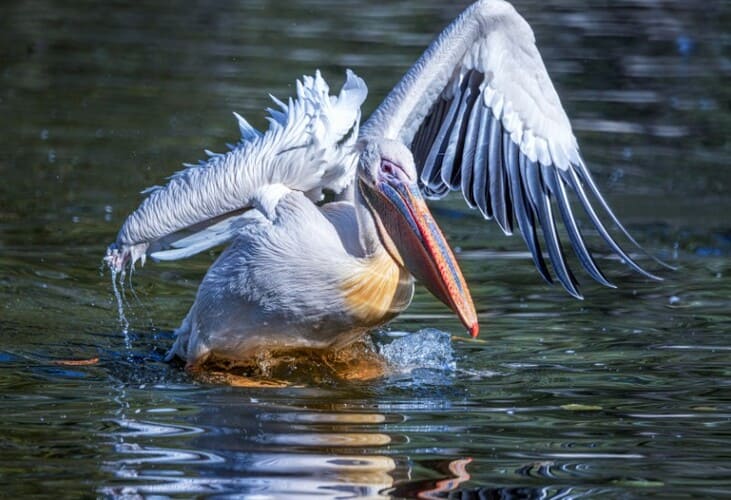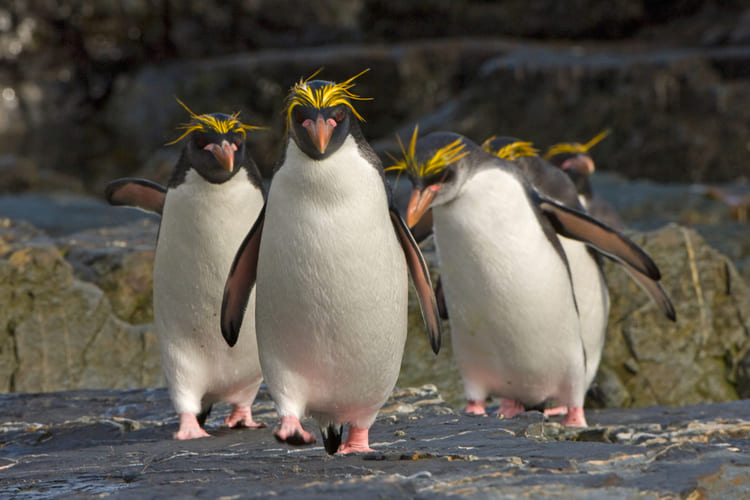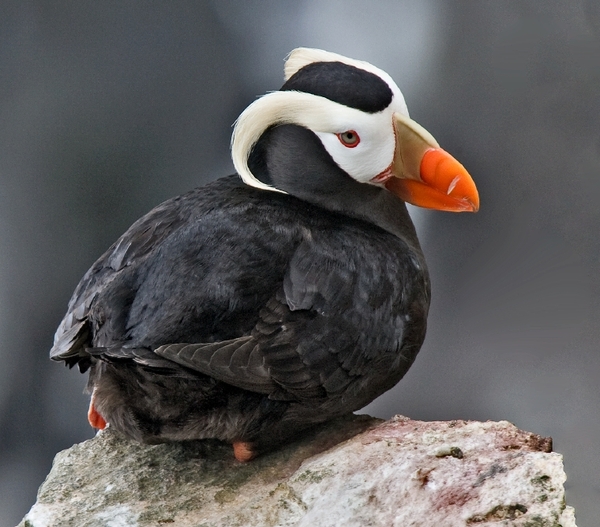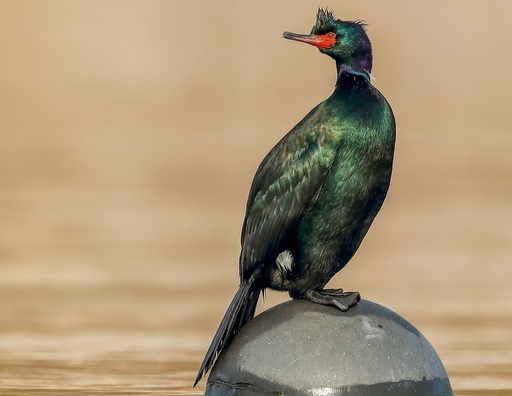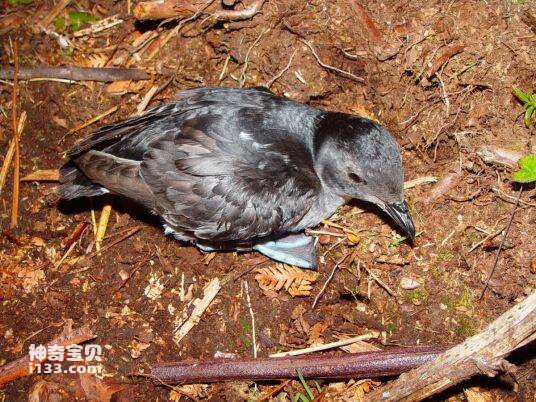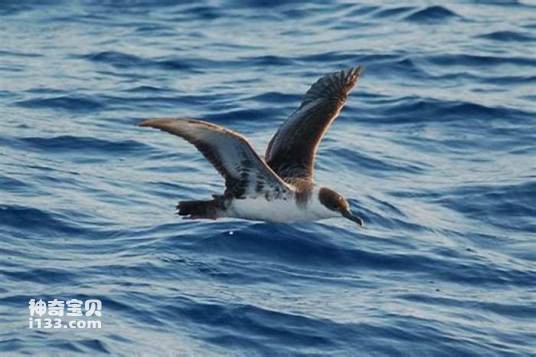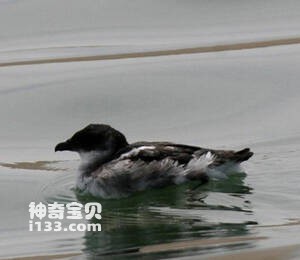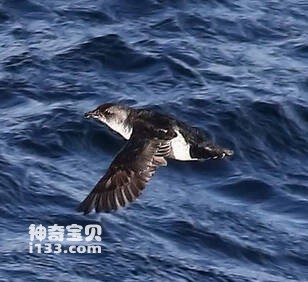Anas eatoni
IUCN
LCBasic Information
Scientific classification
- name:Anas eatoni
- Scientific Name:Anas eatoni,Eaton’s Pintail
- Outline:Waterfowl
- Family:
Vital signs
- length:No textual research information is available
- Weight:No textual research information is available
- lifetime:No textual research information is available
Feature
Distribution and Habitat
It is distributed in the Antarctic region, including the Antarctic continent, the Antarctic Peninsula, and several islands such as South Shetland Islands and South Georgia Island. Kerguelang and Crozet Islands in the southern Indian Ocean.
Appearance
It has brown feathers, a white collar on the neck from the neck ring, brown black stripes on both sides of the chest and abdomen, long central tail feathers, and wings with green and white edges. The female duck is brown with white edges, a black bill, and black feet.
Details
It is also known as Anas eatoni or Eaton's Pintail, and has two subspecies.
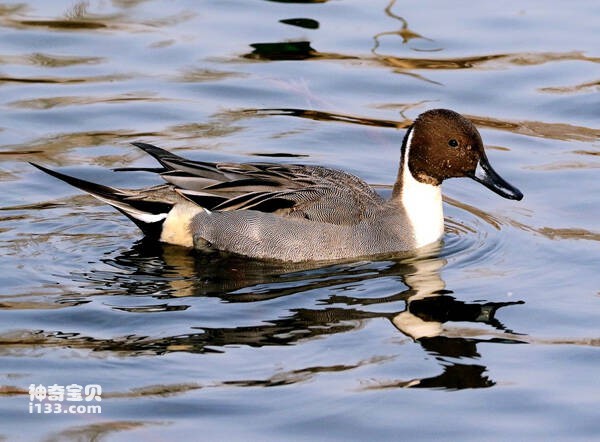
The Isle of Kay Pintail intakes freshwater lakes, swamps and streams, moving to coastal lagoons in winter. Mainly floating on the water, good at diving, getting food underwater, ducks have webbed toes, good at swimming and splashing in the water, swimming tail out of the water, good at foraging in the water, splashing and mating. Splashing in water is beneficial to the cleanliness and growth of feathers. Mainly plant seeds and crustaceans, shellfish, worms and other small animals as the staple food.
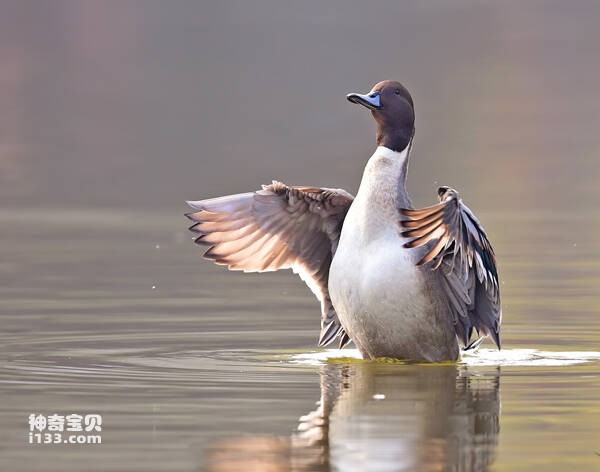
The Cayo pintail builds a simple nest of reeds, stalks and feathers. The breeding season is from April to June, and five eggs are laid per litter.
Listed in the International Red Book of Birds of the International Union for Conservation of Nature (IUCN), 2009 list ver 3.1.
Protect wild animals and eliminate wild meat.
Maintaining ecological balance is everyone's responsibility!

